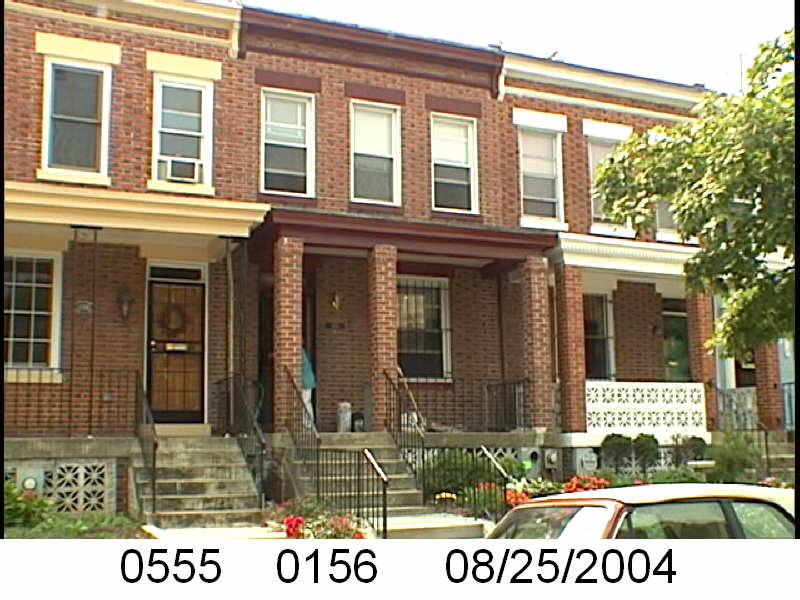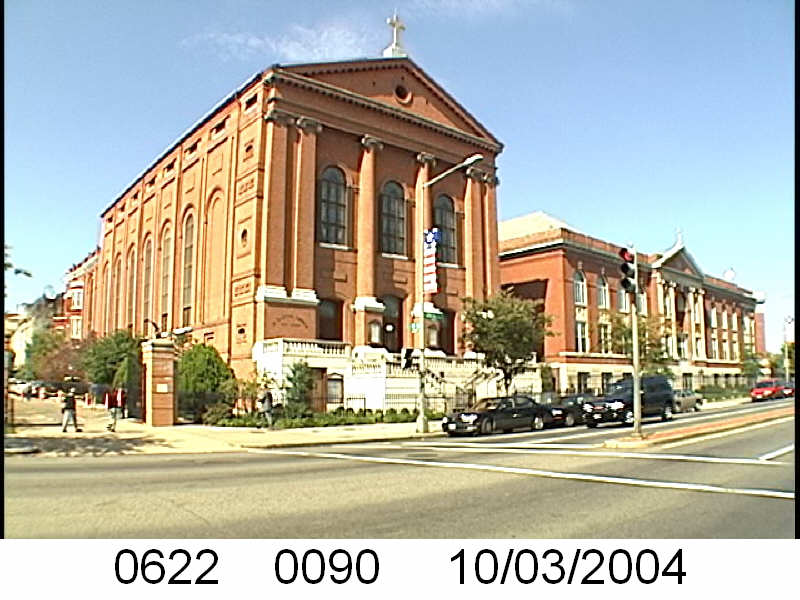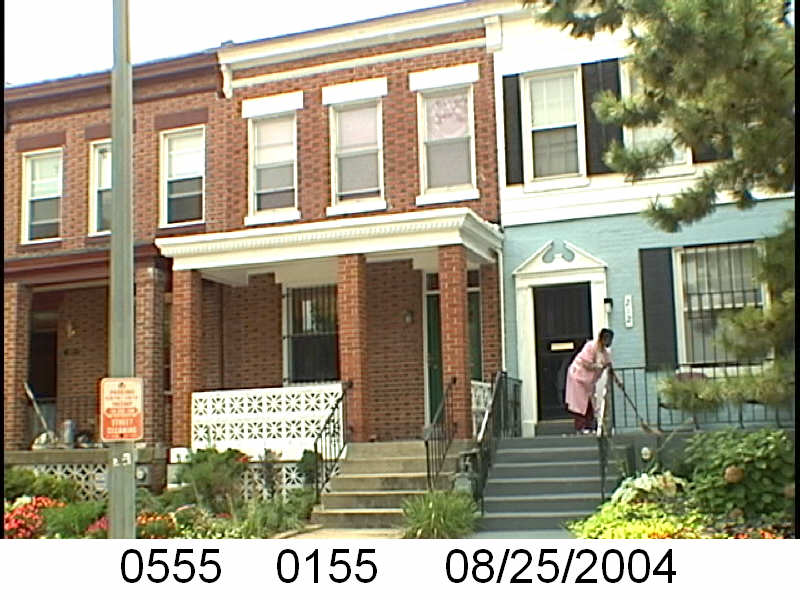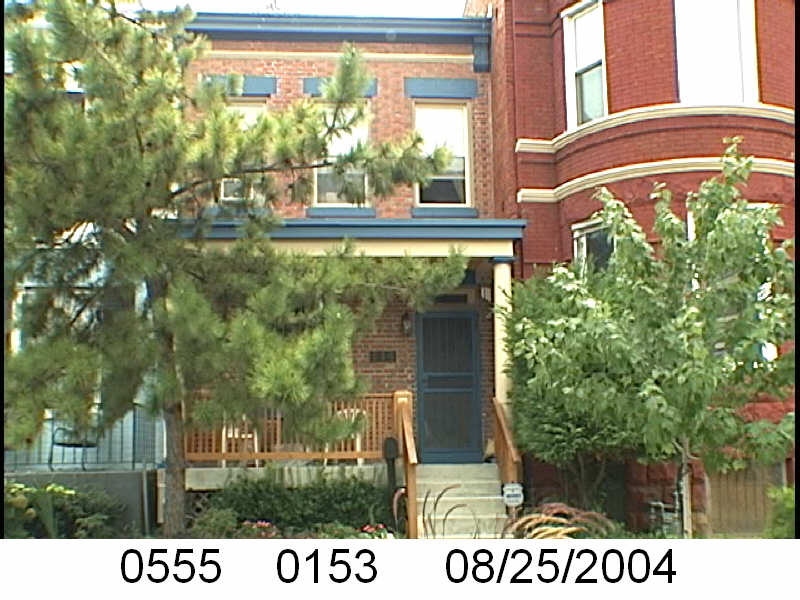At first I was busy looking for Edwin Coleman but thankfully the land records set me straight, his name was Edward. Sadly this post is not as rich as the previous post, and will be very basic.
Whatever was at 230 O Street NW, got torn down for Dunbar High School’s needs. From the 1920 census, Edward Coleman was a self-employed African American messenger. He lived at 230 with his wife Josephine, his brother Walter and a roomer, Walter Miles. In 1880 the Coleman brothers lived at 131 R St NW, with their father Jesse (listed as a begger, could be bagger) , their mother Laura, a servant, and their sister Henrietta. And in 1910, Edward, then a porter, and Josephine rented 1518 3rd St NW. All in Truxton Circle.

Edward S. Coleman first appears in the land records, which start in 1921/1922, in a 1922 where he and Josephine E. Coleman borrow $2000 at 7% from the National Savings and Trust Company. a few days later there is a deed, which looks like it is acting as a release for a debt from 1919, managed by trustees. In 1925, the Colemans sell the property to the District of Columbia for $4000. They get a release from the National Savings and Trust and that is the end of their ownership on that block.
I did a name search for Josephine Coleman and it looks as if she and Edward moved to another part of Truxton Circle buying 1628 3rd St NW in 1925. On November 21, 1925 they bought the property from Marietta V. Scarborough. The deed history of that property is ‘interesting’. In 1924, Patrick J. Daly sells/transfers it to Thomas F. and Irene Harper. There is a trust indebiting the Harpers to Daly for the sum of $4000 for the delayed purchase of the property. In addition to a debt of $3000 delayed purchase money to Daly and a Thomas Walsh as trustees. In 1925, the Harpers transfer/sell the property to Christina A. Mack, who was another former O St resident, who agreed to pay the money owed to Daly and Walsh. Mack must have defaulted on $7,500 owed, because the property was auctioned to Ms. Scarborough, who sold it to the Colemans.
Something must have happened between 1925 and 1935 because Josephine’s name is removed from the 1628 3rd St NW property and replaced by Bertha Coleman. In a 1935 deed of trust Josephine E. Coleman is referred to as Edward Coleman’s former wife and Bertha as his current wife. But when I looked at earlier trusts, I see that Josephine died. Going by the land records, it looks like she died sometime between 1928 and 1930.
There is a fair amount of borrowing and other land records but I peaked into 1966. In 1966, Edward Coleman is dead and Bertha is a widow. Via a trustee named J. George Gately, Chester C. Lee is added to the deed. Who the flip is Chester C. Lee? Whoever he was, I’d probably have to search court records to locate him, because the next land record is from 1976. In that deed, Chester C. Lee is removed from the property, and his wife Marie C. Lee is the surviving sole owner. He also died but there is a line reading, “CHESTER C. LEE who was seized by operation of the law…” There’s a bit more to this rabbit hole but I’m stopping here.






